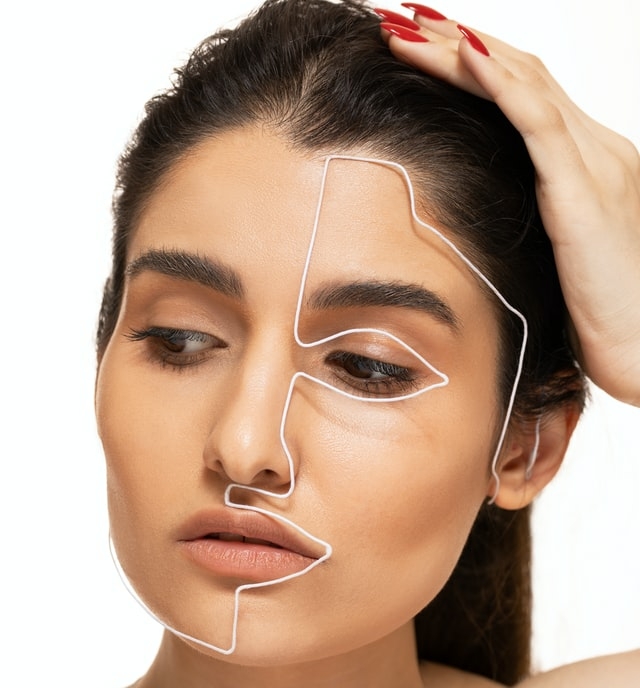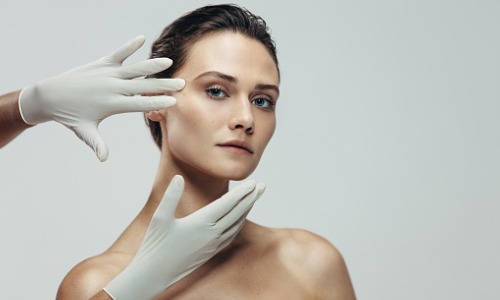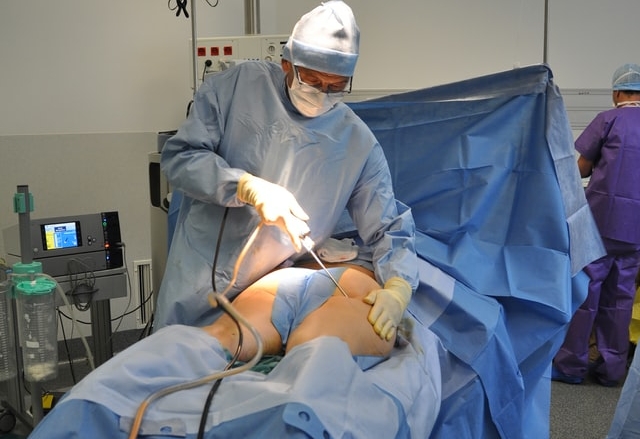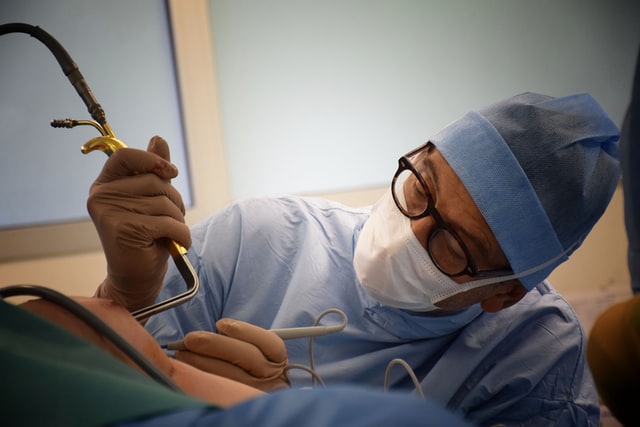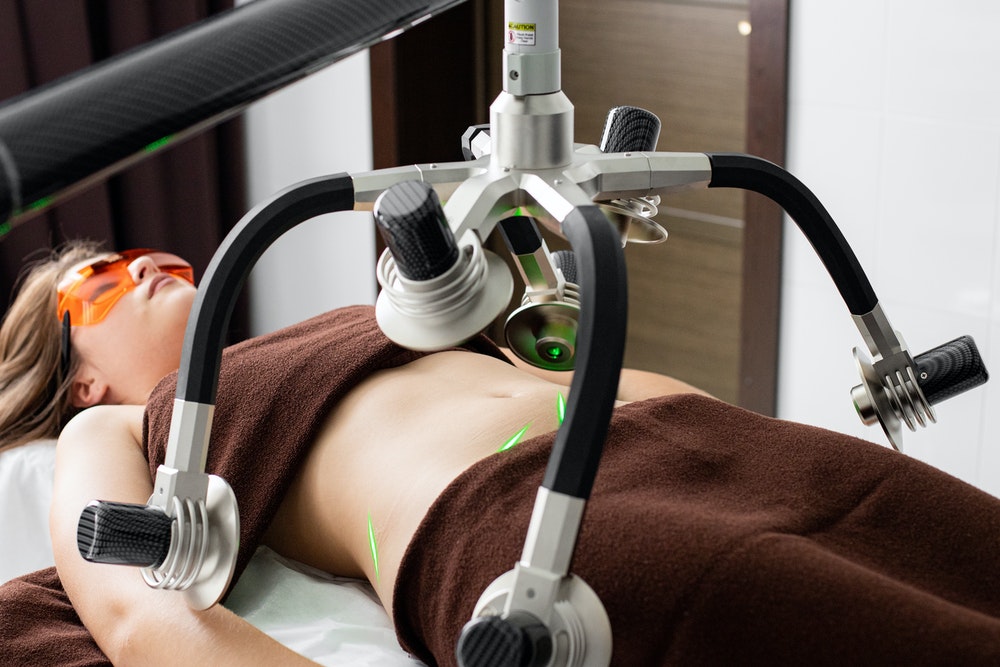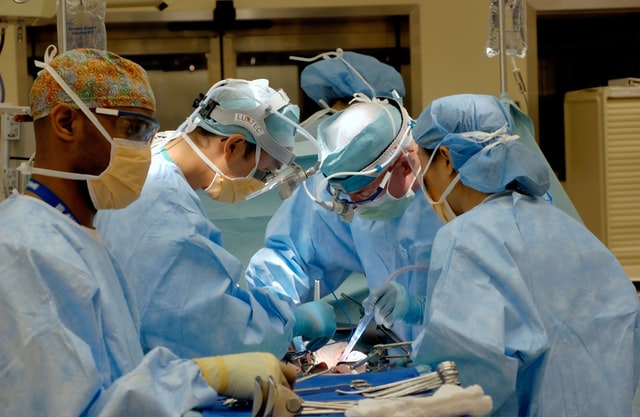Liposuction
Liposuction removes any unwanted fat in the body. Surgeons usually perform liposuction on the chin, neck, cheeks, upper arms, abdomen, hips, buttocks, knees, thighs, ankles and calves.
Liposuction techniques, super-wet or tumescent are performed after the targeted fat cells are injected with saline solution which contains adrenalin and local anesthetic. There are many techniques which are used to remove fat, including Laser Technique, Traditional technique, and Ultrasonic Technique. In the Ultrasonic and Laser methods, the fat is dissolved before it’s taken out of the body.
Liposuction is a permanent procedure, and takes about 6 months to heal completely.

